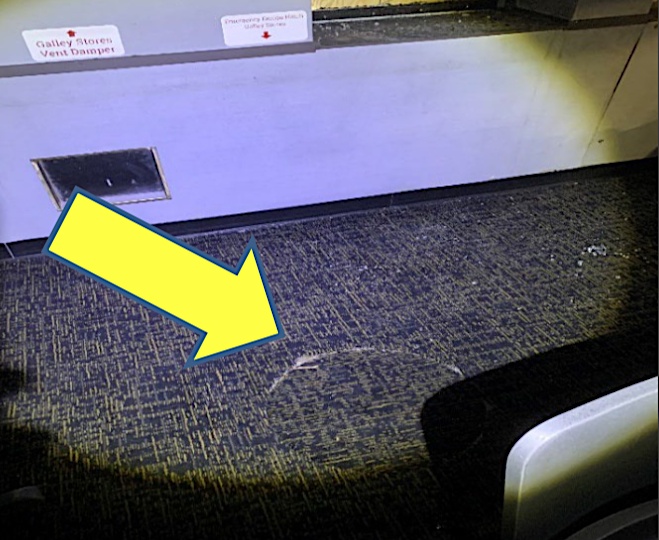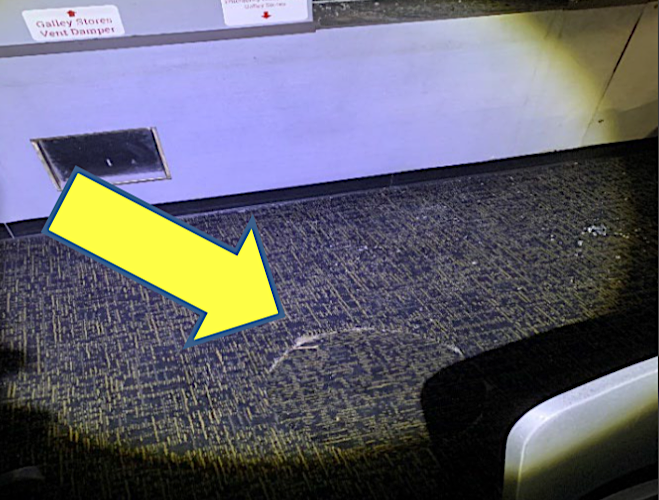(WASHINGTON) — This safety alert is in response to multiple ongoing investigations being conducted by the U.S. Coast Guard and the National Transportation Safety Board (NTSB) into fires on board two certificated small passenger vessels. Fortunately, there were no resulting injuries; however, both vessels sustained millions of dollars in structural damage.
The insights below are intended to provide industry personnel and safety managers with reminders of best practices which, when incorporated, can assist in the prevention of fires on board vessels:
• Open flame caution: During dinner cruises, the hospitality personnel used open flame, liquid paraffin-fueled candles in glass sconces on dinner tables, as well as wax birthday candles for celebrations on desserts. Alternatives for open-flamed table lighting, such as battery powered lights, are widely available and inexpensive. These alternatives should be considered by entertainment personnel onboard passenger vessels.
• Sterno heating cans: Sterno cans are used under chaffing dishes to heat food and coffee. Sterno cans will remain hot for an extended period after extinguishing and should be handled carefully so that they are allowed to cool before moving or storing. Vessel operators should consider strategies to ensure that cans are cooled properly and the flames are fully extinguished after use. Operators should also consider other possible alternatives such as fire-free (flameless) heating units or air-activated warmers.
• Combustible trash receptacles: Operators of small passenger vessels are also urged to consider alternatives to combustible trash receptacles. In the NTSB report on the tragic fire on the small passenger vessel Conception, the report notes the danger of combustible trash receptacles: “Neither the old (Subchapter) T nor the new T regulations allow for these types of trash cans to be used in passenger bunkrooms and instead require that trash cans be constructed of non-combustible materials. New T regulations extend the prohibition on combustible trash cans to all compartments, but only apply to existing (old T) vessels when the trash cans are replaced.” The NTSB report also states: “Polyethylene trash cans are highly combustible and cannot contain a fire originating from within.” Operators are urged to find alternative trash receptacles, such as non-combustible metal trash cans, that provide improved fire protection for vessels.
• Engine room escape hatch coverings: In one of the fires, firefighters were unable to locate the engine room escape hatch on the main deck of the vessel. Evidence in the other fire also indicated that circular hatches in the main deck were covered with the same patterned carpet (see photo below), making the location hard to distinguish. While regulations do not require additional marking, there were no additional markings on the deck in the vicinity of the hatches to allow passengers, crews, and potential emergency responders to rapidly identify the location of the hatches. Hazard tape or other floor marking tapes are recommended to clearly delineate the location of the hatch.

• Combustible material in close proximity to ignition sources: In one of the fires, a large quantity of combustible cardboard boxes and plastic storage bins were stored in close proximity to potential ignition and heat sources. Operators should inspect machinery spaces to ensure that combustible materials are properly stored as far away as possible from potential sources of ignition, including the vessel’s engines and machinery.
This safety alert is provided for informational purposes only and does not relieve any domestic or international safety, operational or material requirement. Distributed by the Office of Investigations and Casualty Analysis, Washington D.C. Questions may be sent to HQS-SMB-CG-INV@uscg.mil.
– U.S. Coast Guard

